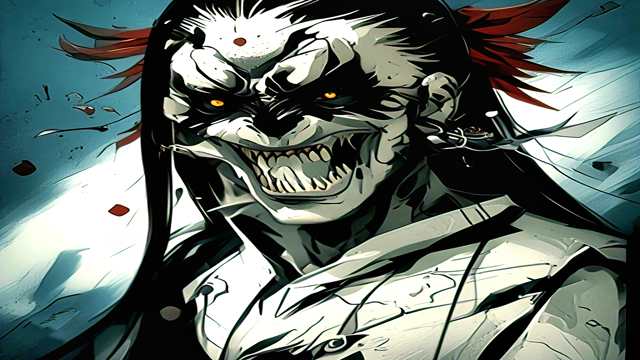In many cultures, it is believed that violent deaths can lead to restless spirits. These souls often seek revenge or closure for their untimely ends. But what happens when many people die violently, like in battles?
The Gashadokuro: A Haunting Presence
In Japanese mythology, when large groups of people die at once—whether in war or from starvation—their spirits can transform into a giant skeleton known as the Gashadokuro. This fearsome creature embodies the anger and sorrow of those who died without peace.
The Gashadokuro is said to roam the night, especially targeting lone travelers on empty roads after midnight. Its thirst for vengeance drives it to attack unsuspecting victims, often biting off their heads in a gruesome display. The bloodshed is said to be immense, leaving a trail of horror in its wake.
A Silent Threat
The Gashadokuro is not easily seen. It can turn invisible, making it a terrifying foe. Travelers may hear a faint rattling sound, described as “gachi gachi,” which serves as a warning. However, by the time they hear it, it may be too late. Can anyone truly outrun a giant skeleton with a relentless desire for blood?
Protection Against the Gashadokuro
In Japanese culture, Shinto charms are believed to offer protection against evil spirits, including the Gashadokuro. These charms can help ward off danger, but the only way to truly defeat the Gashadokuro is to quench its thirst for revenge.
As the Gashadokuro continues its rampage, its anger may eventually fade. After a time, the giant skeleton collapses, its bones crumbling into dust. This cycle of vengeance and decay highlights the tragic nature of the spirits it represents.
A Cautionary Tale
The story of the Gashadokuro serves as a cautionary tale for those who travel alone at night. It reminds us to be aware of our surroundings and to carry protective charms. While the Gashadokuro is a myth, the fear it instills is very real.
So, the next time you find yourself wandering down a dark road, keep your senses sharp. Listen for the rattling sound that could signal danger. And remember, the spirits of the past may still linger, seeking closure for their violent ends.
In conclusion, the Gashadokuro is more than just a spooky story; it reflects the deep cultural beliefs surrounding death and the afterlife in Japan. It serves as a reminder of the importance of honoring those who have passed and the impact of unresolved anger. Stay safe, and may your travels be free from the shadows of the Gashadokuro!

